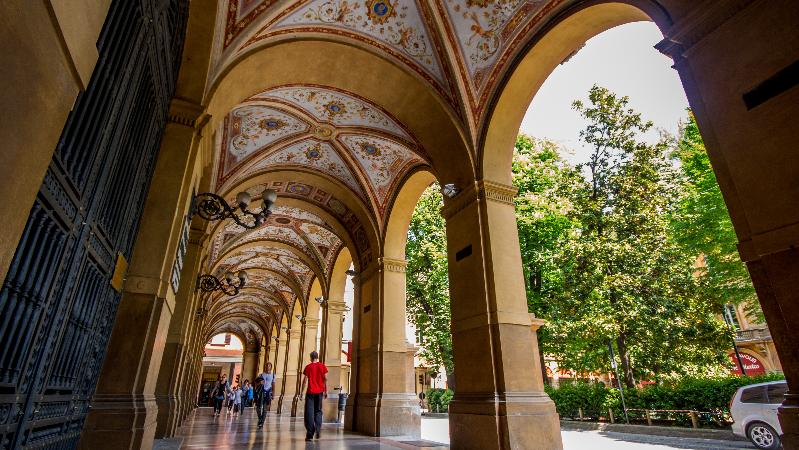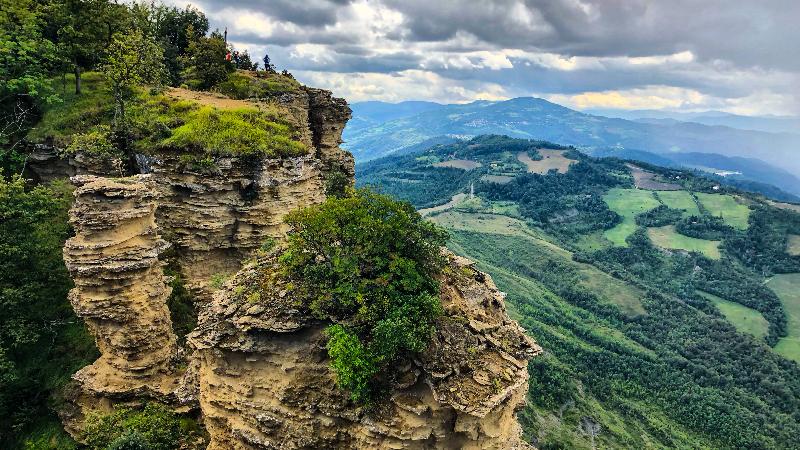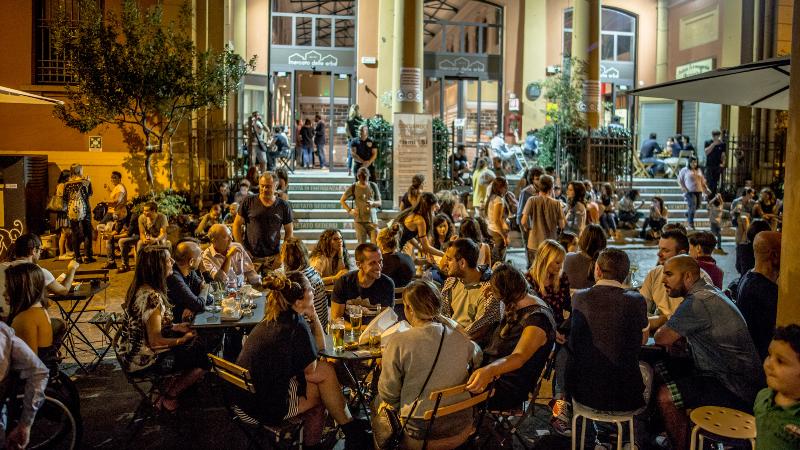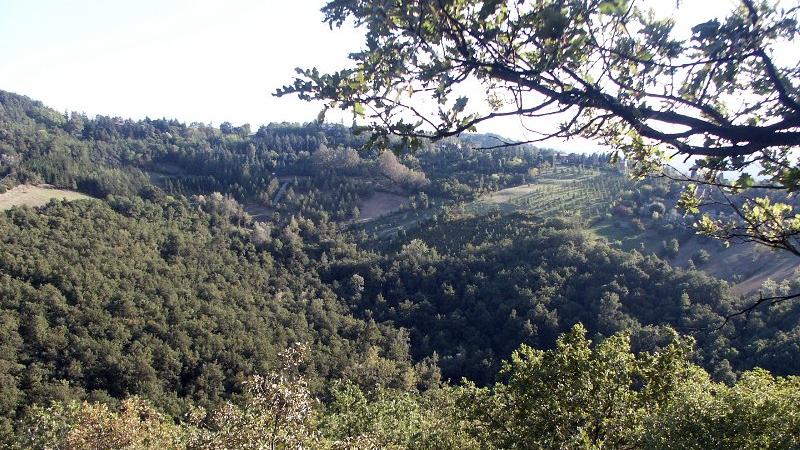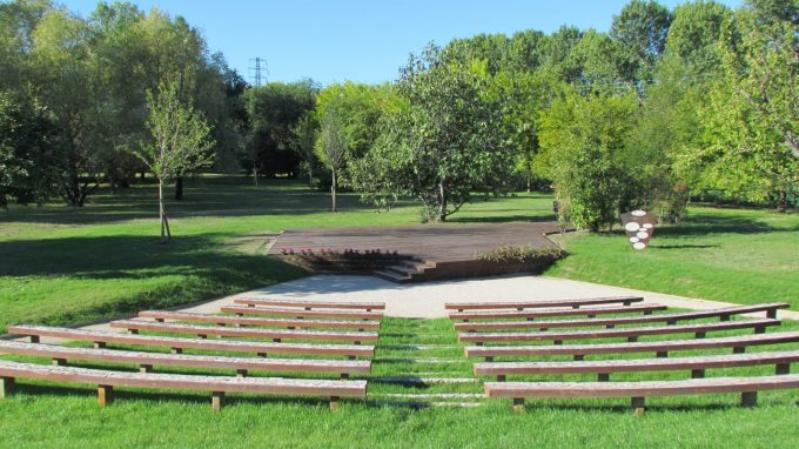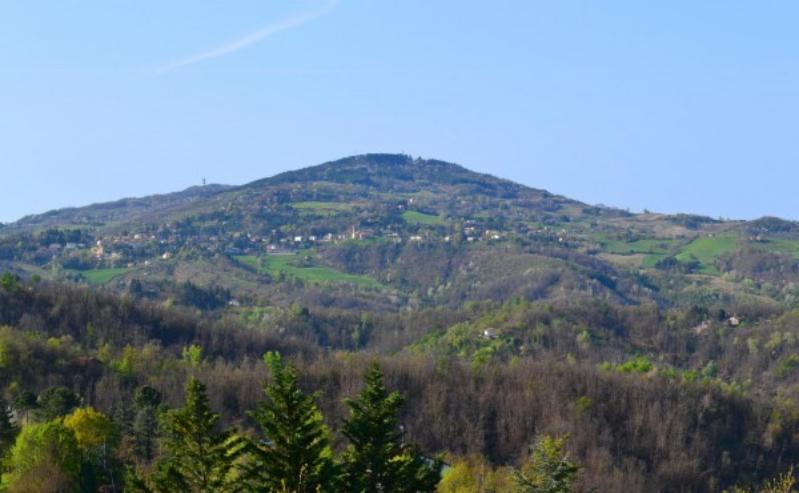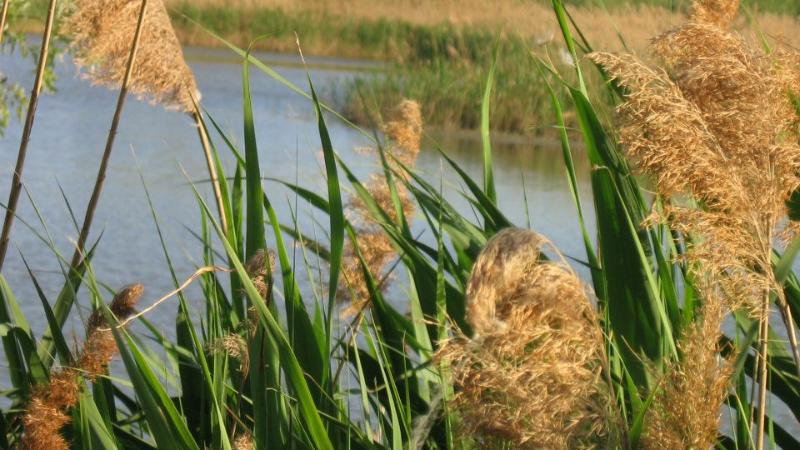The Gaibola sinkhole is a large sinkhole in which ponors give way to numerous cavities. The largest (Grotta Novella) is used as underground laboratory and is adorned by impressive calcite blades. The cool, moist microclimate favours the settlement of mosses, ferns, of the Maidenhair spleenwort and of the Larkspur (Delphinium fissum), extremely rare at such low altitudes. The northern slope is covered by dense shrubs that extend into the woods that occupy the remaining part of the sinkhole.
The Inferno sinkhole features numerous ponors, which give way to small cavities such as the Coralupi Cave. The greenery of the sinkhole is almost entirely covered by a cool woody area. During spring, among the beautiful blooms characterizing the undergrowth, the Squill deserves a special mention, while the Martagon lily and the Fire lily bloom during summer.
Several houses have been built in the more gentle slopes characterizing the Ronzano sinkhole, which are surrounded by extensive cultivations of evergreens, vineyards, rows of fruit trees and meadows. A sparse bushland, interrupted at times by outcrops, where bushes of Downy oak, Manna ash and European wild pear grow, develops on the chalky cliffs enclosing the valley; many species of the Mediterranean maquis are reported (Sage-leaved Rock-rose, Phillyrea, Evergreen oak) thanks to the sunny exposure of this slope.
Map
Buca di Gaibola, Ronzano e Inferno
Via C. Jussi 171
40068 Pianoro
Distance from Bologna < 10 km
Interests
- Nature & Landscape
